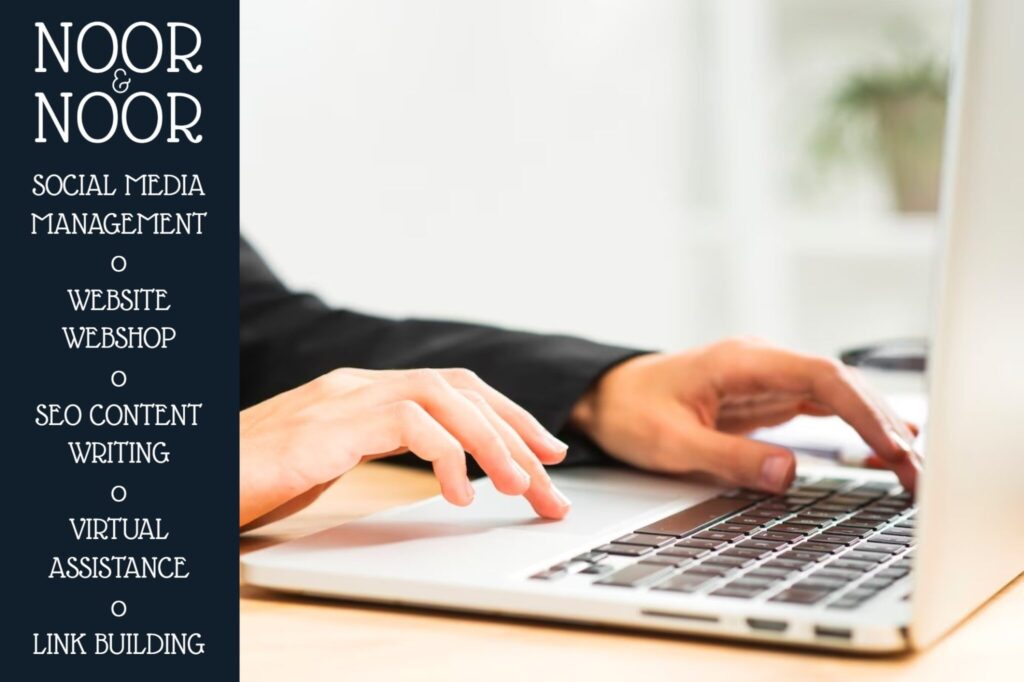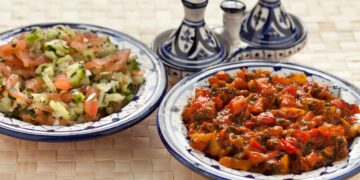The president of the environmental movement ‘Maroc Environnement 2050’ has raised concerns about the mass planting of Washingtonia palms along Rabat’s coastal road. In a letter to the city’s mayor, she criticized the initiative, calling it a misstep on landscape, ecological, and cultural levels. This article explores the controversy, the environmental impact of Washingtonia palms, and why sustainable alternatives are needed to preserve Rabat’s green heritage.
Why Washingtonia Palms Are Under Fire
The Washingtonia palm, often associated with tropical and desert landscapes, has become a common sight in Rabat. However, its suitability for the coastal environment has been called into question. According to ‘Maroc Environnement 2050‘, these palms offer little shade, contribute minimally to biodiversity, and fail to blend with the local landscape.
The environmental activist stated, “These palms have no connection to the Atlantic or Mediterranean environment. Moreover, many of them remain in poor condition throughout the year.”
This criticism highlights the need for a more thoughtful approach to urban landscaping.
The Ecological Impact of Washingtonia Palms
Limited Biodiversity Support
One of the main criticisms of Washingtonia palms is their lack of contribution to local biodiversity. Unlike native tree species, these palms do not provide a habitat for birds, insects, or other wildlife. This makes them less valuable in promoting a healthy and balanced ecosystem.
Poor Adaptation to the Climate
Washingtonia palms are not well-suited to Rabat’s coastal climate. They struggle to thrive in the region’s conditions, often appearing unhealthy or withered. This not only diminishes their aesthetic appeal but also raises questions about their long-term viability.
Cultural and Landscape Concerns
A Mismatch with Local Identity
Rabat’s coastal road is a prominent feature of the city, and its landscaping should reflect the region’s cultural and environmental identity. Washingtonia palms, with their exotic appearance, do not align with the Atlantic or Mediterranean surroundings. This creates a disconnect between the landscape and its cultural context.
Aesthetic and Functional Shortcomings
While Washingtonia palms are often chosen for their tall, slender appearance, they offer little practical benefit. Their sparse foliage provides minimal shade, making them less useful for pedestrians and cyclists who rely on shaded areas for comfort.
Building Business Partnerships Through Moroccan Cultural Events
In today’s interconnected world, businesses are constantly searching for innovative ways to establish trust, strengthen networks, and expand their reach....
Hiking Trails in the Middle Atlas Mountains
The Middle Atlas Mountains are often overshadowed by the High Atlas or the Rif, yet they hold some of Morocco’s...
From Passion to Profession: Turning Creative Skills into Income
In Morocco, more young people are transforming their creative talents into careers. Whether it’s photography, calligraphy, fashion design, or digital...
Young Moroccans Abroad: Balancing Wanderlust and Roots
For many young Moroccans, the dream of exploring the world is irresistible. Whether through study, work, or travel, living abroad...
The Case for Sustainable Alternatives
Replacing Washingtonia Palms with Native Species
‘Maroc Environnement 2050’ advocates for replacing Washingtonia palms with tree species that are better suited to the local environment. Large, native trees could provide more shade, support biodiversity, and enhance the aesthetic appeal of the coastal road.
Preserving Rabat’s Green Heritage
The organization emphasizes the importance of preserving Rabat’s existing green heritage. Ancient trees, such as the centuries-old eucalyptus, are invaluable assets that require expert maintenance and care. Replacing lost trees with native species can help restore the city’s green corridors.

The Decline of Trees on Key Avenues
Avenue Mohammed VI
One of Rabat’s most important avenues, Avenue Mohammed VI (the photo above), is in urgent need of replanting. The current vegetation, including Washingtonia palms, is outdated and no longer serves its purpose. ‘Maroc Environnement 2050′ recommends a comprehensive replanting strategy to revitalize this iconic street.
Avenue Mohammed Belhassan El Ouazzani and Avenue des Forces Armées Royales
In recent years, the number of trees on these avenues has significantly decreased. The lack of replacement planting has led to a loss of greenery, further underscoring the need for action.
The Importance of Expert Maintenance
Preserving Rabat’s green spaces requires more than just planting new trees. Existing trees, especially older ones, need expert care, including regular pruning and maintenance. This ensures their health and longevity, contributing to the city’s overall environmental sustainability.
A Call for Action
‘Maroc Environnement 2050’ is urging local authorities to reconsider the use of Washingtonia palms and adopt a more sustainable approach to urban landscaping. By prioritizing native species and preserving existing trees, Rabat can enhance its environmental, cultural, and aesthetic appeal.
Conclusion: A Greener Future for Rabat
The controversy over Washingtonia palms highlights the importance of thoughtful urban planning and environmental stewardship. By replacing unsuitable species with native trees and preserving Rabat’s green heritage, the city can create a more sustainable and beautiful future for its residents and visitors.
Let’s work together to protect Rabat’s natural beauty and ensure that its landscapes reflect the richness of its culture and environment. Join the movement for sustainable urban landscaping in Rabat!
















Discussion about this post